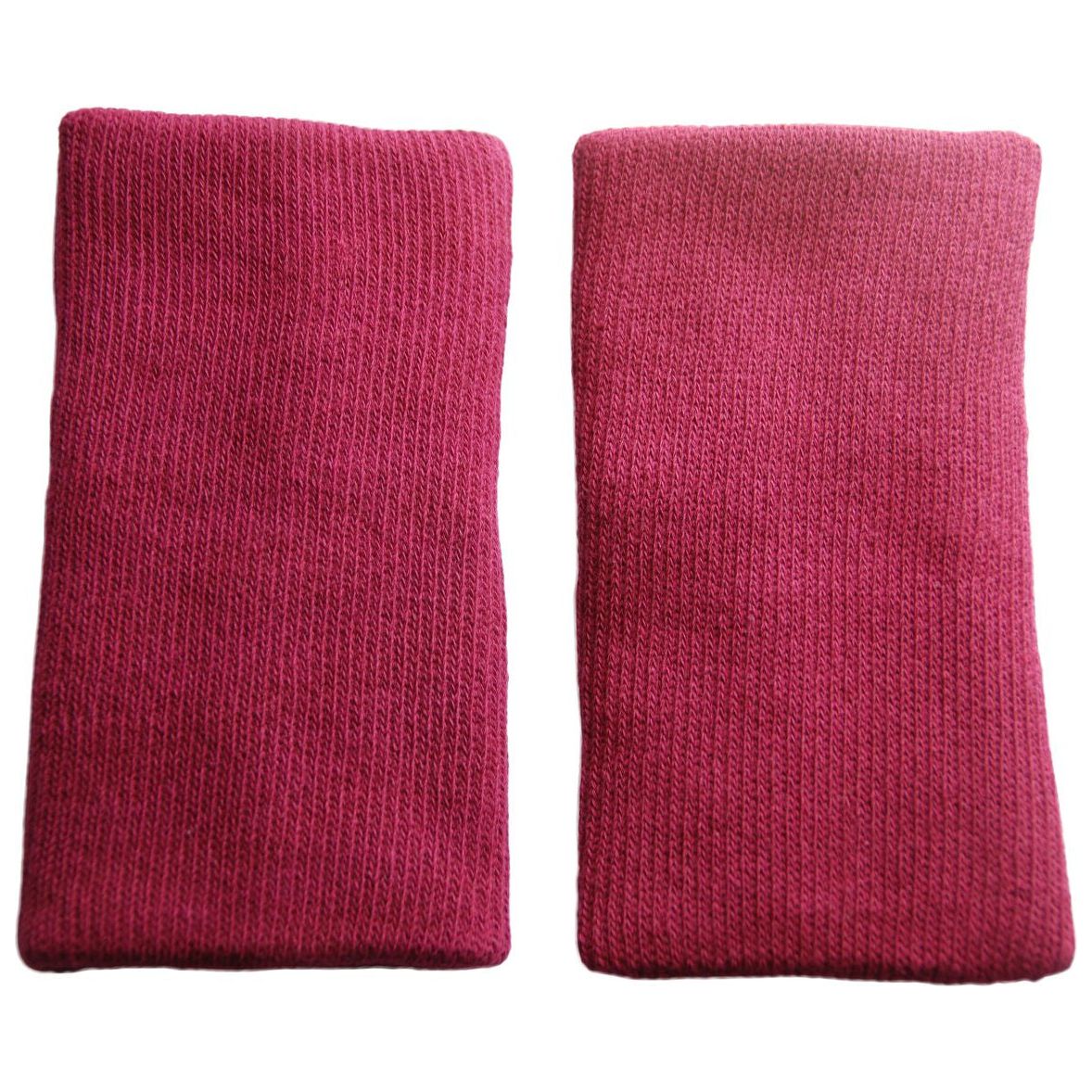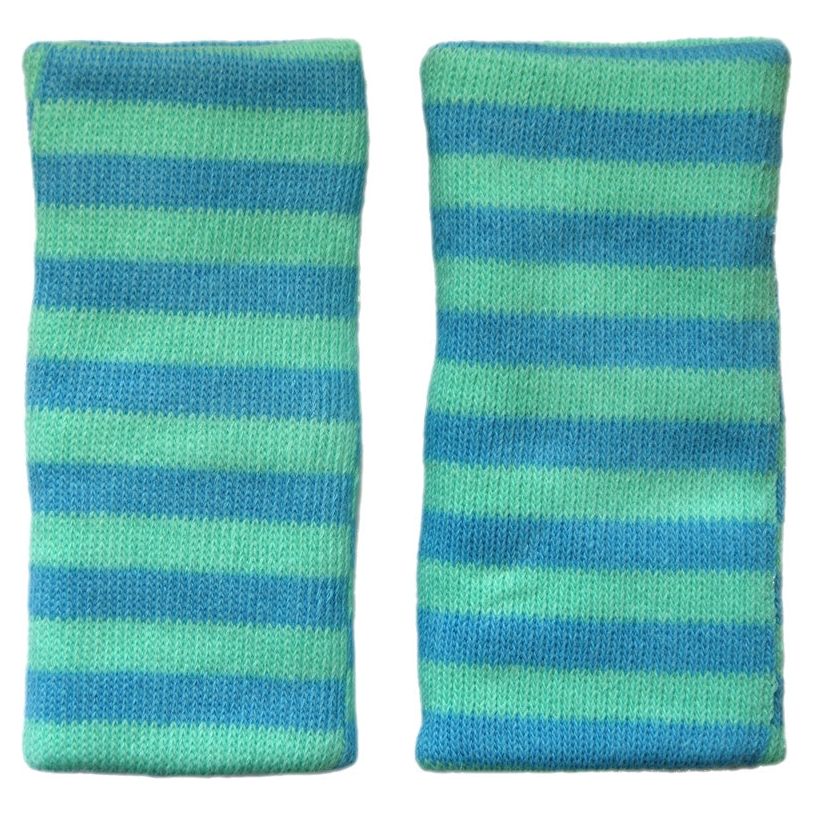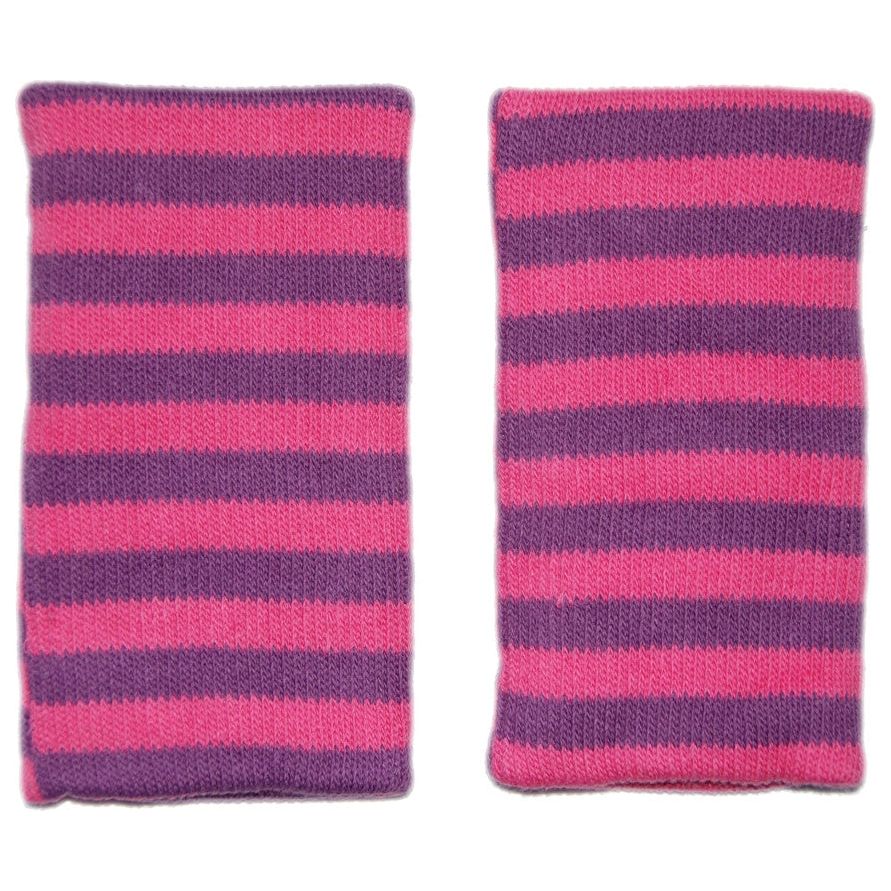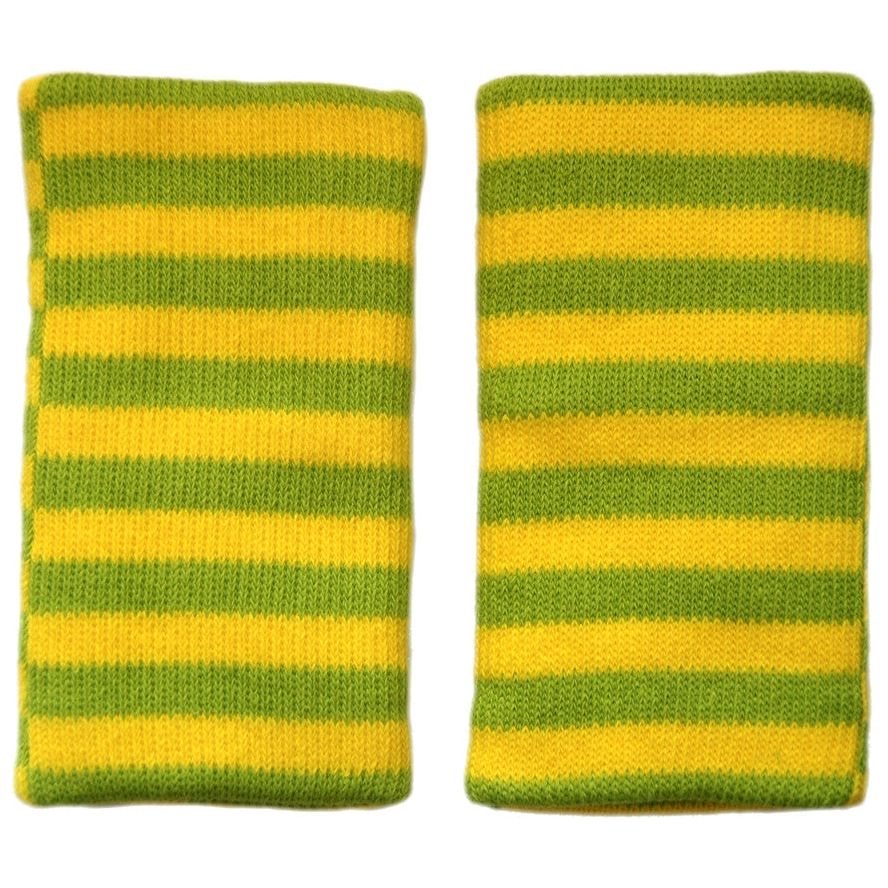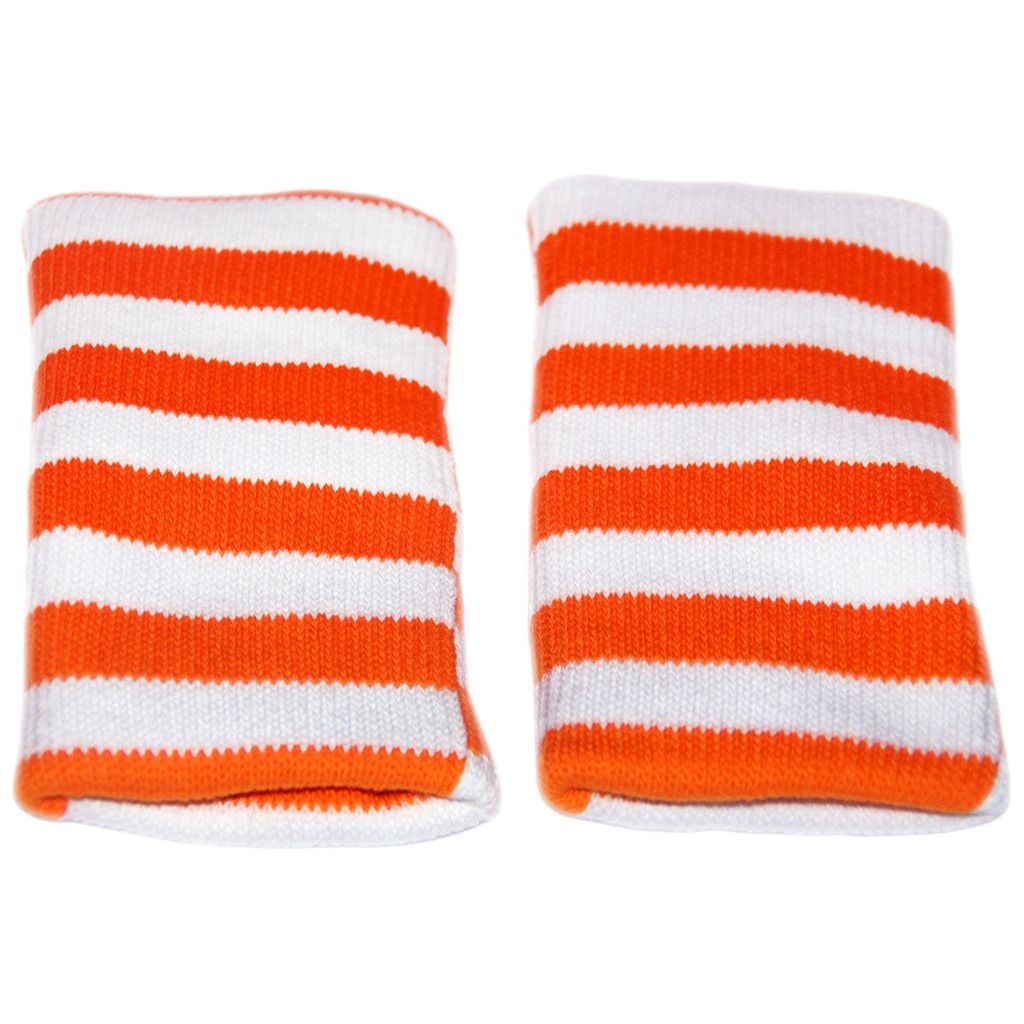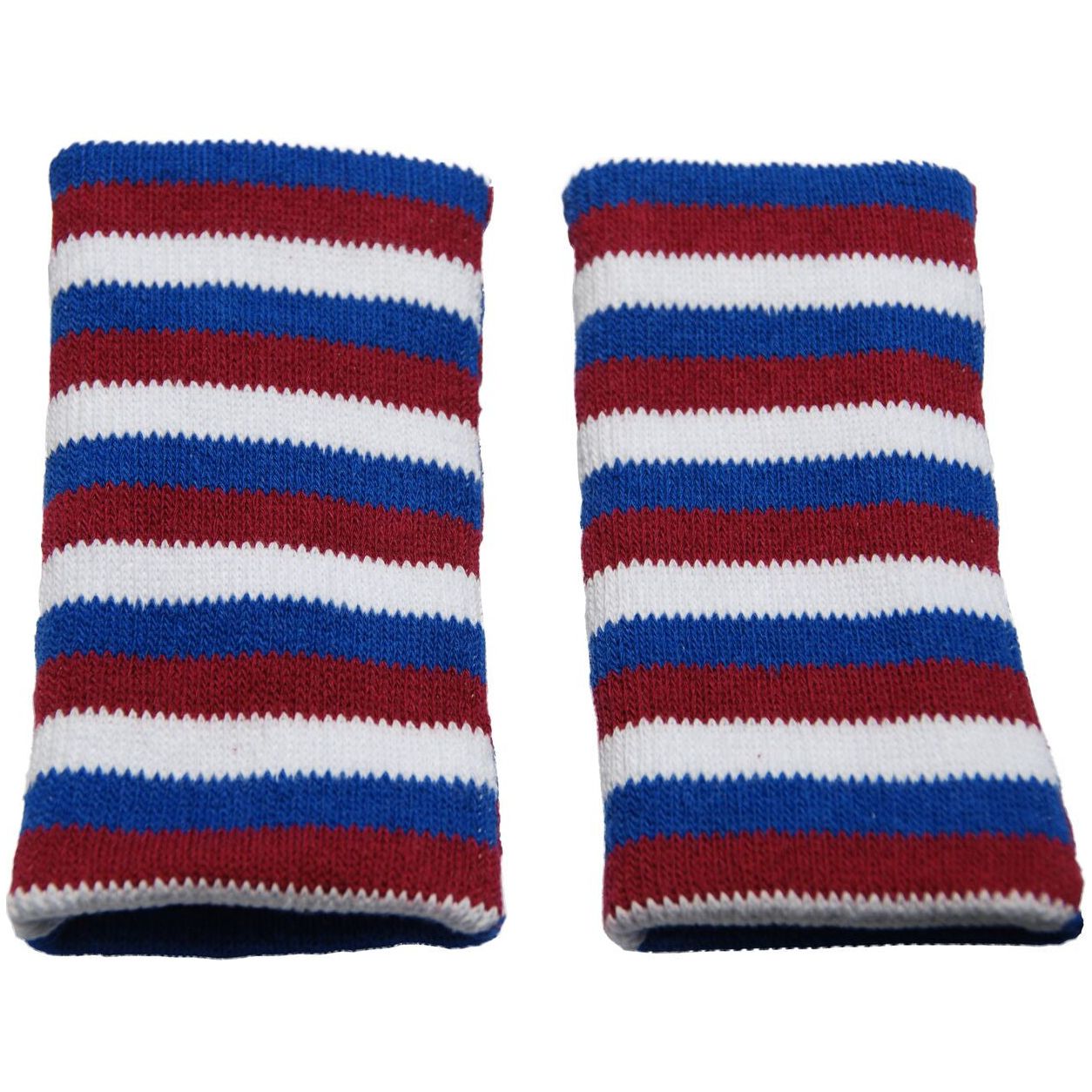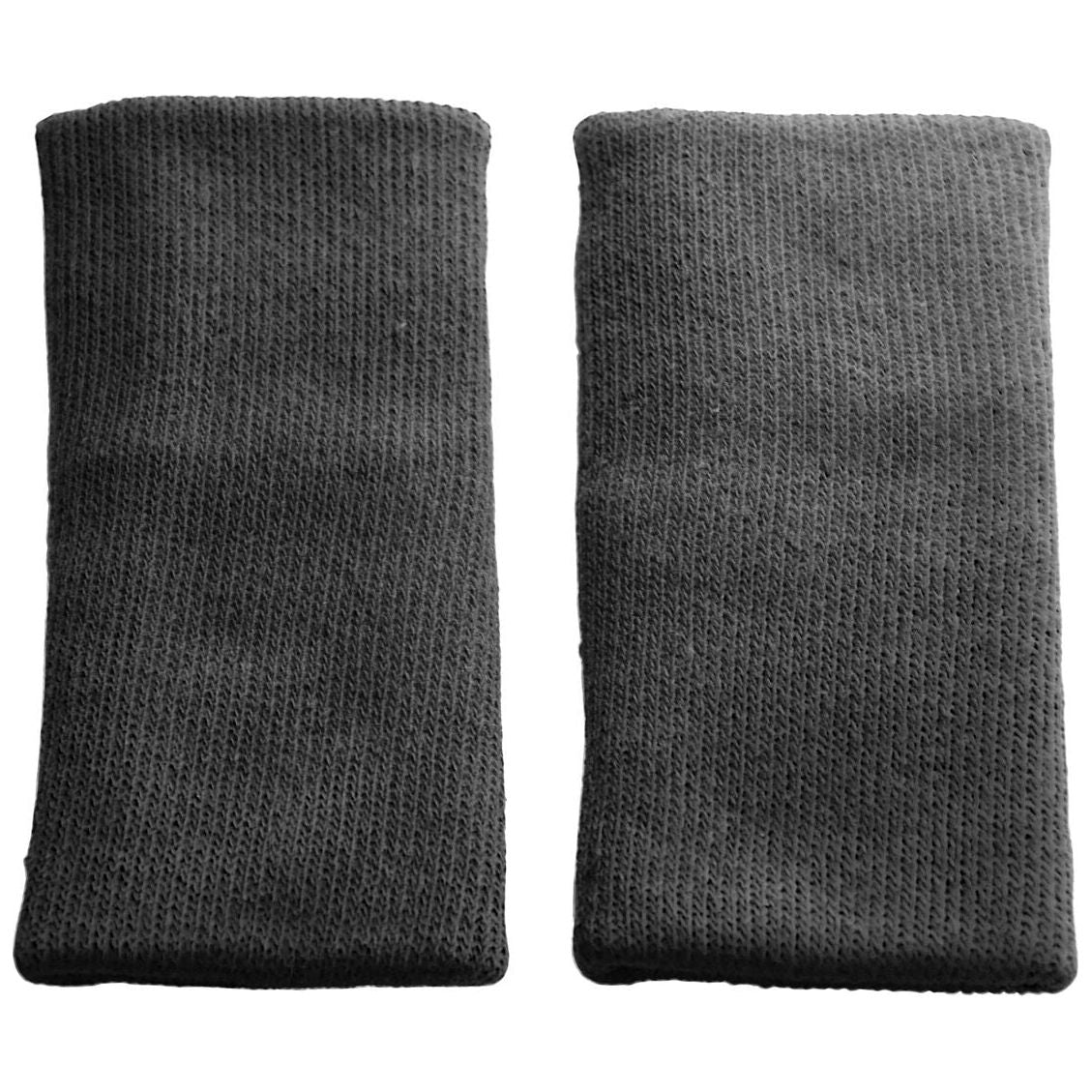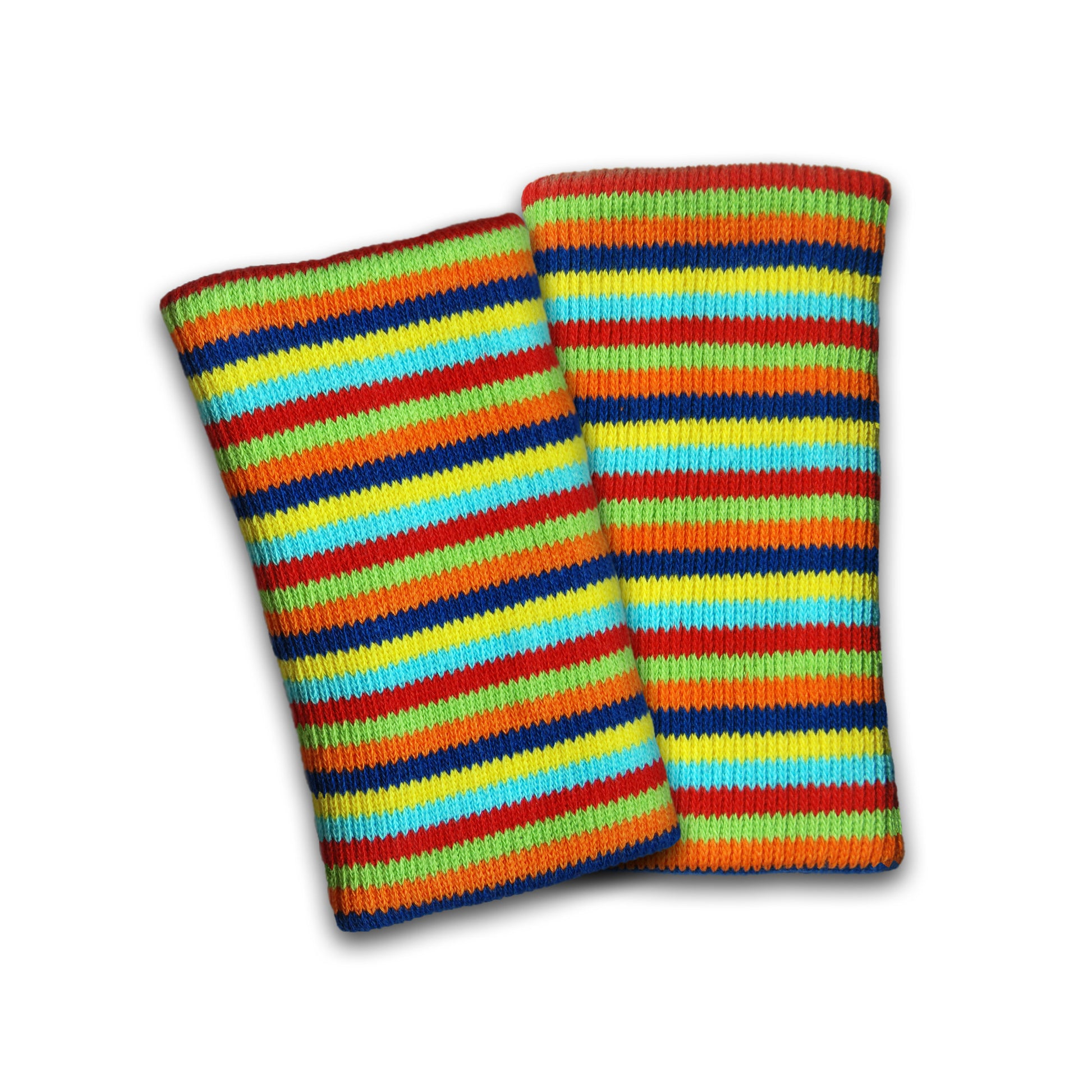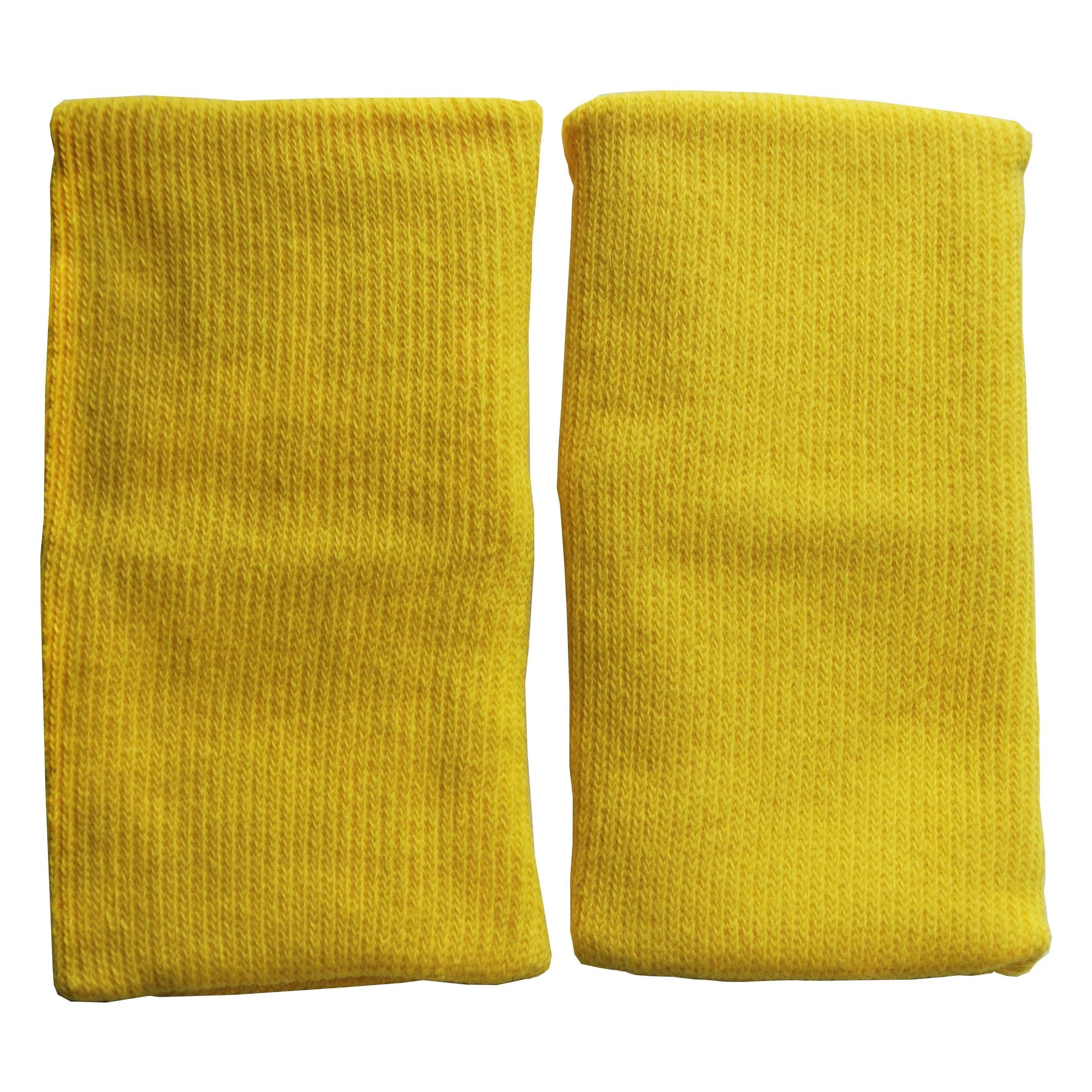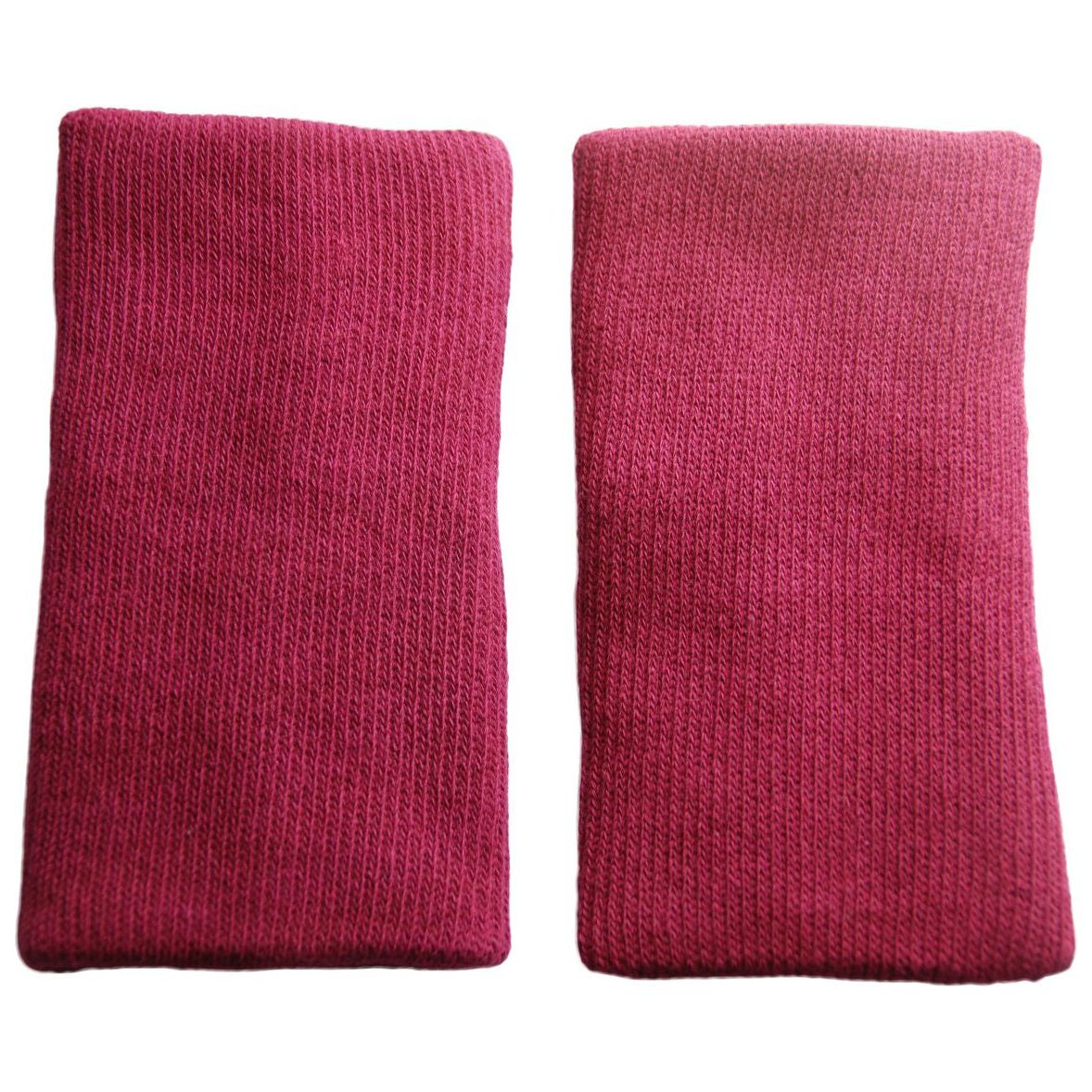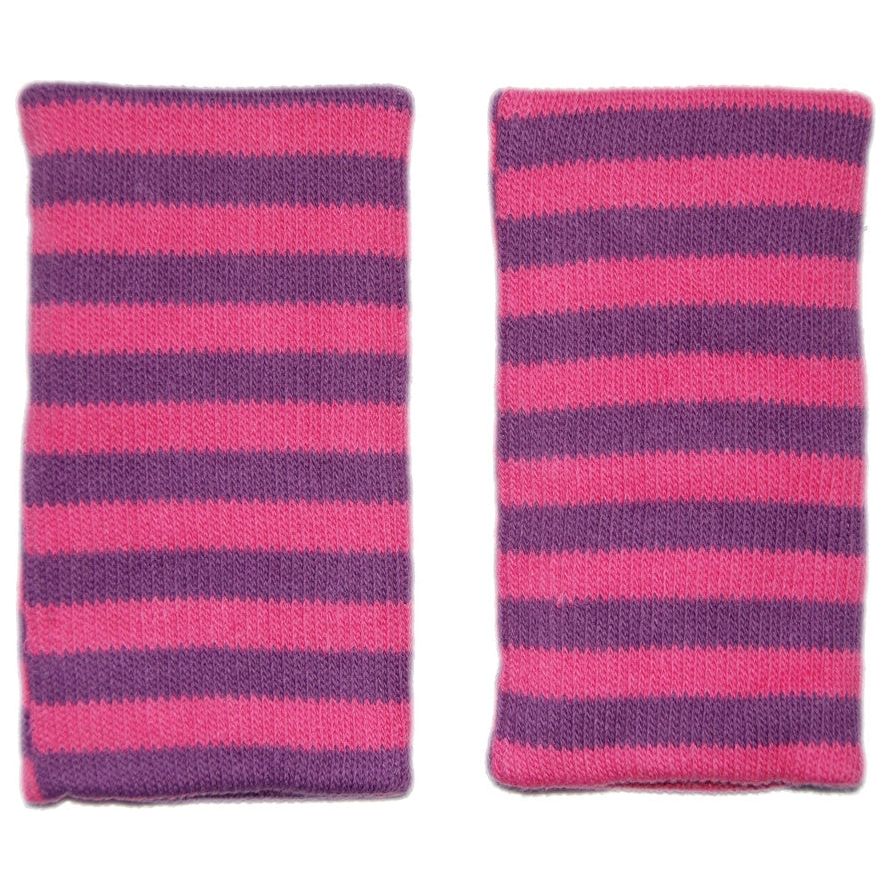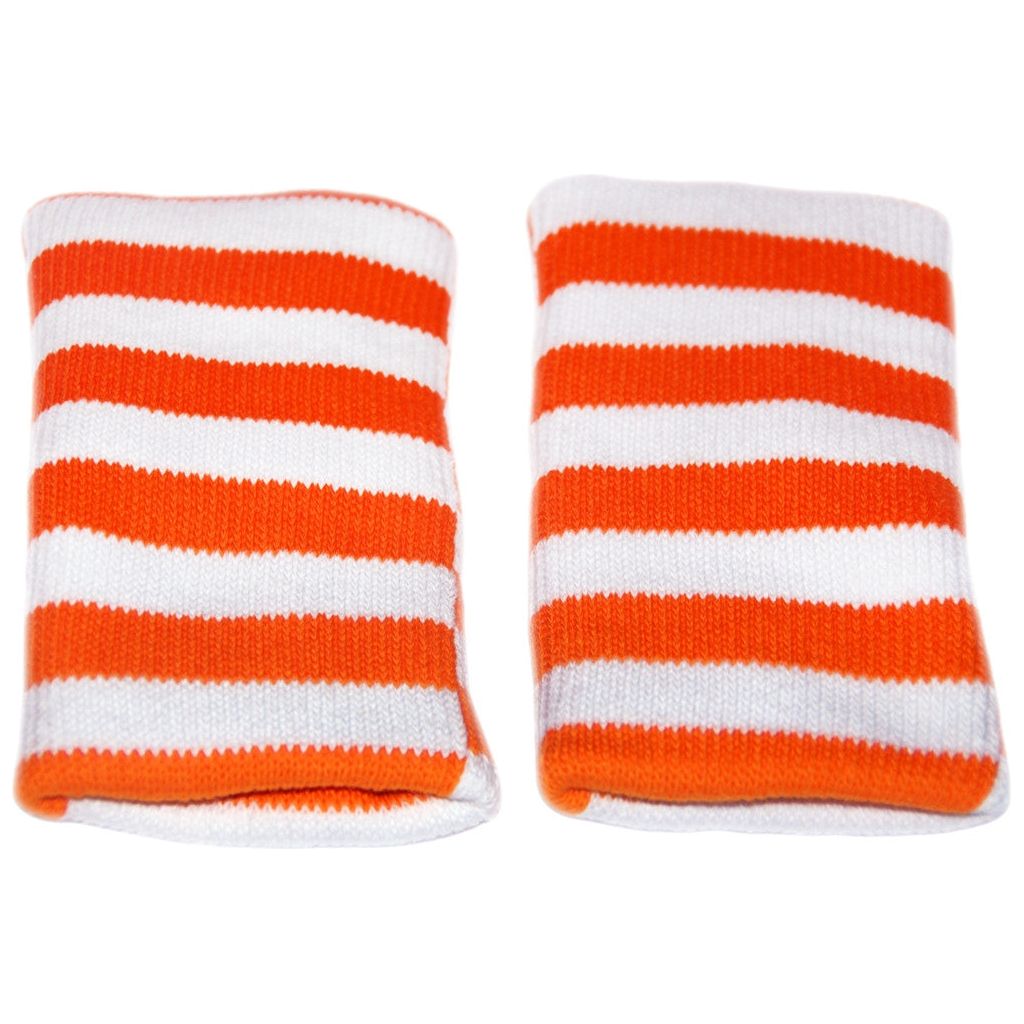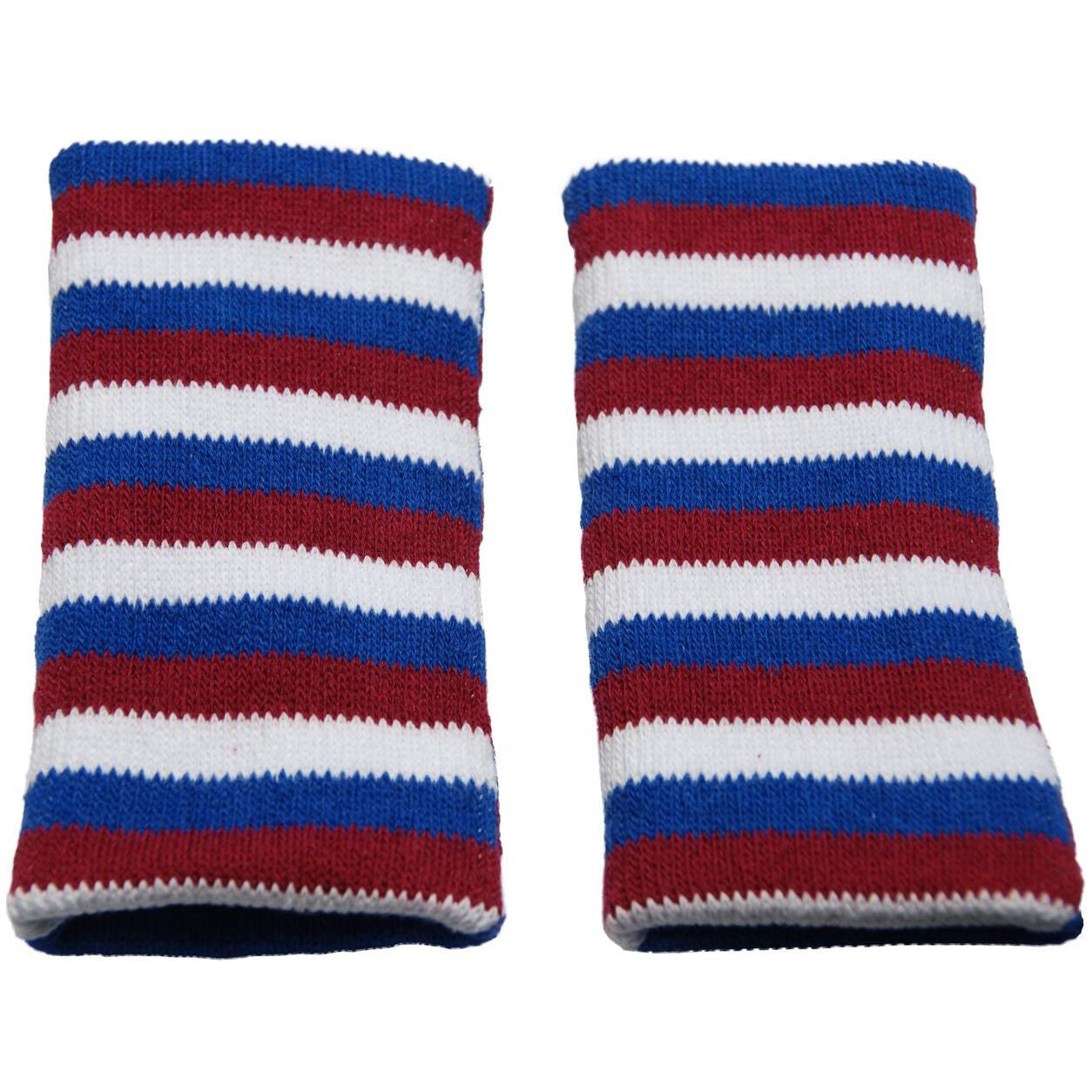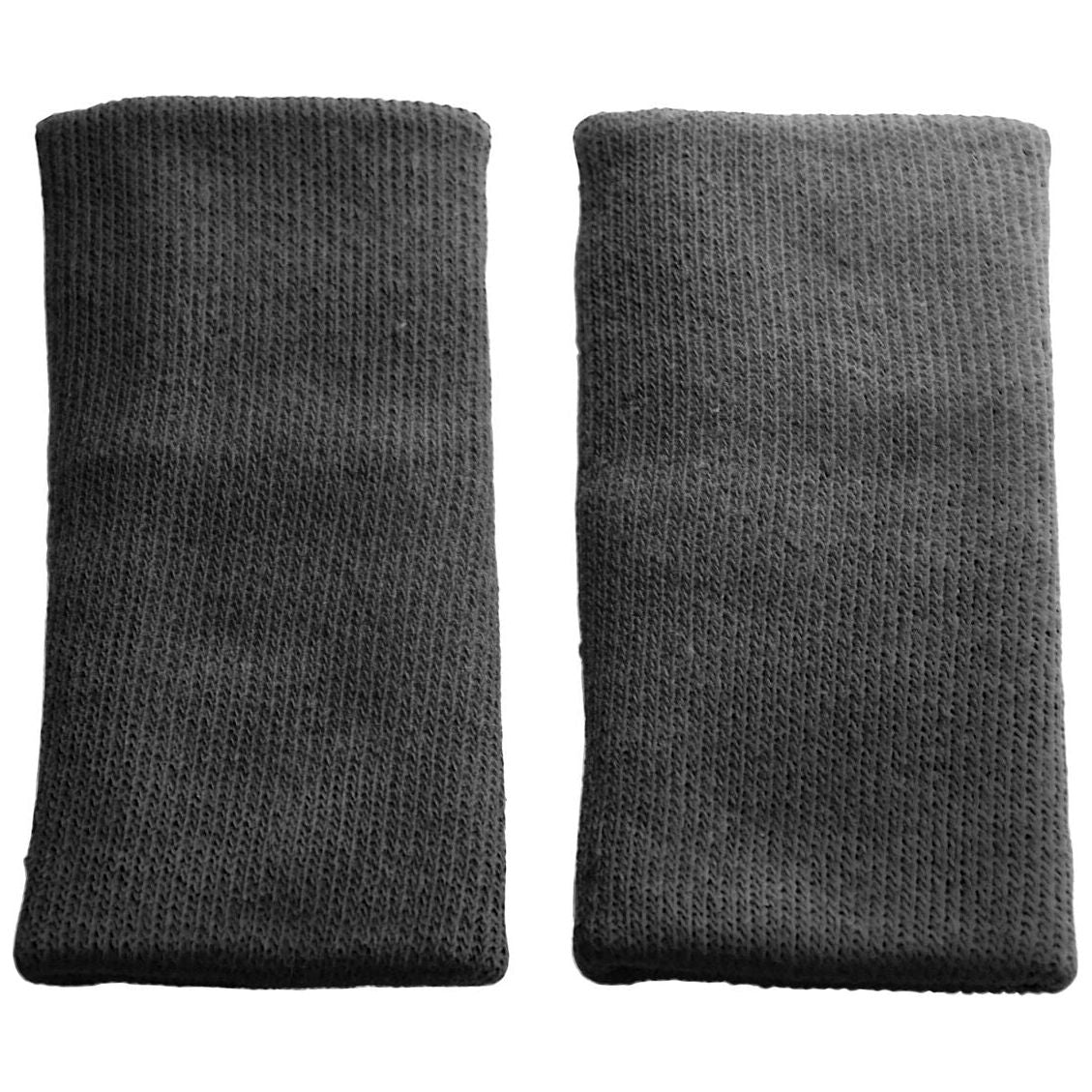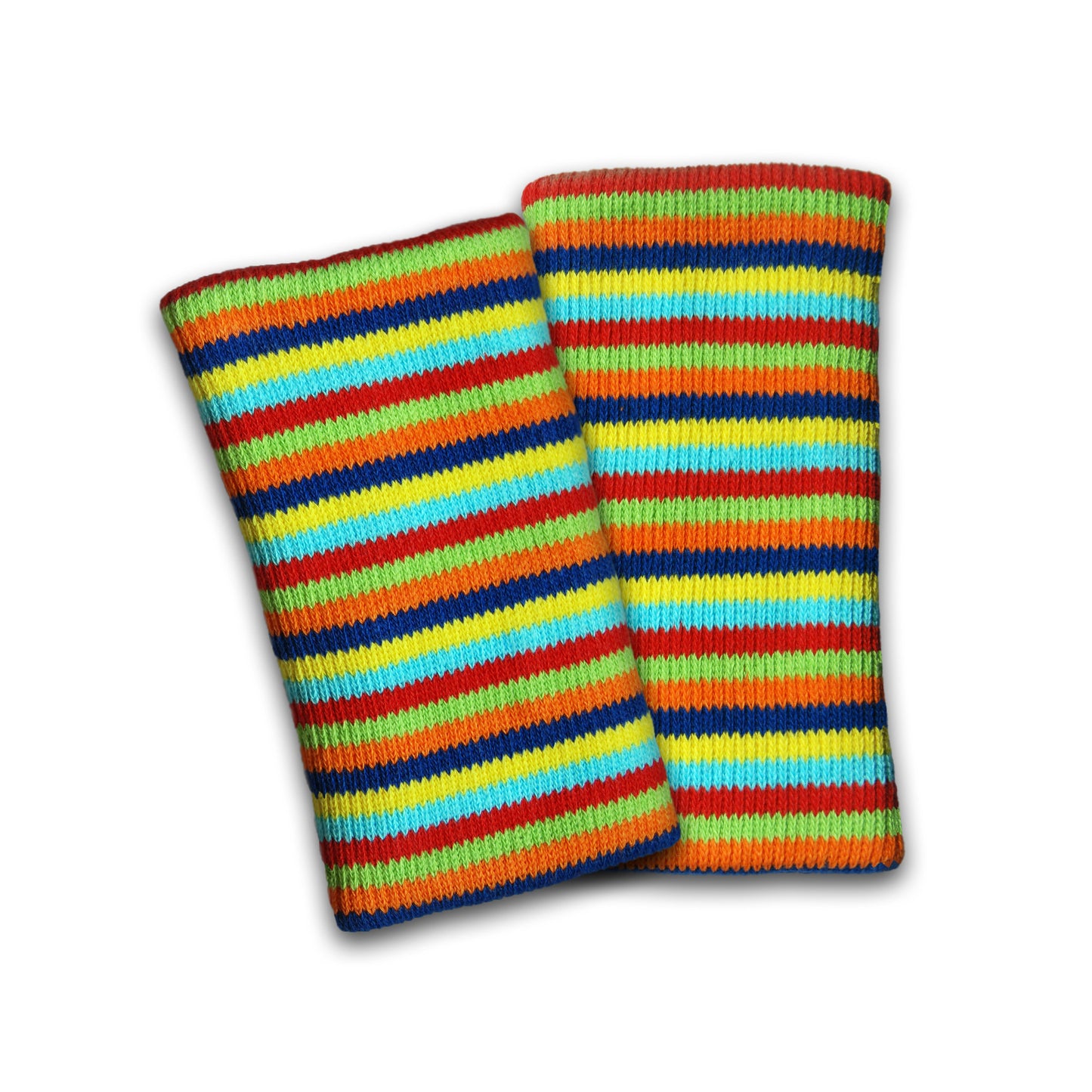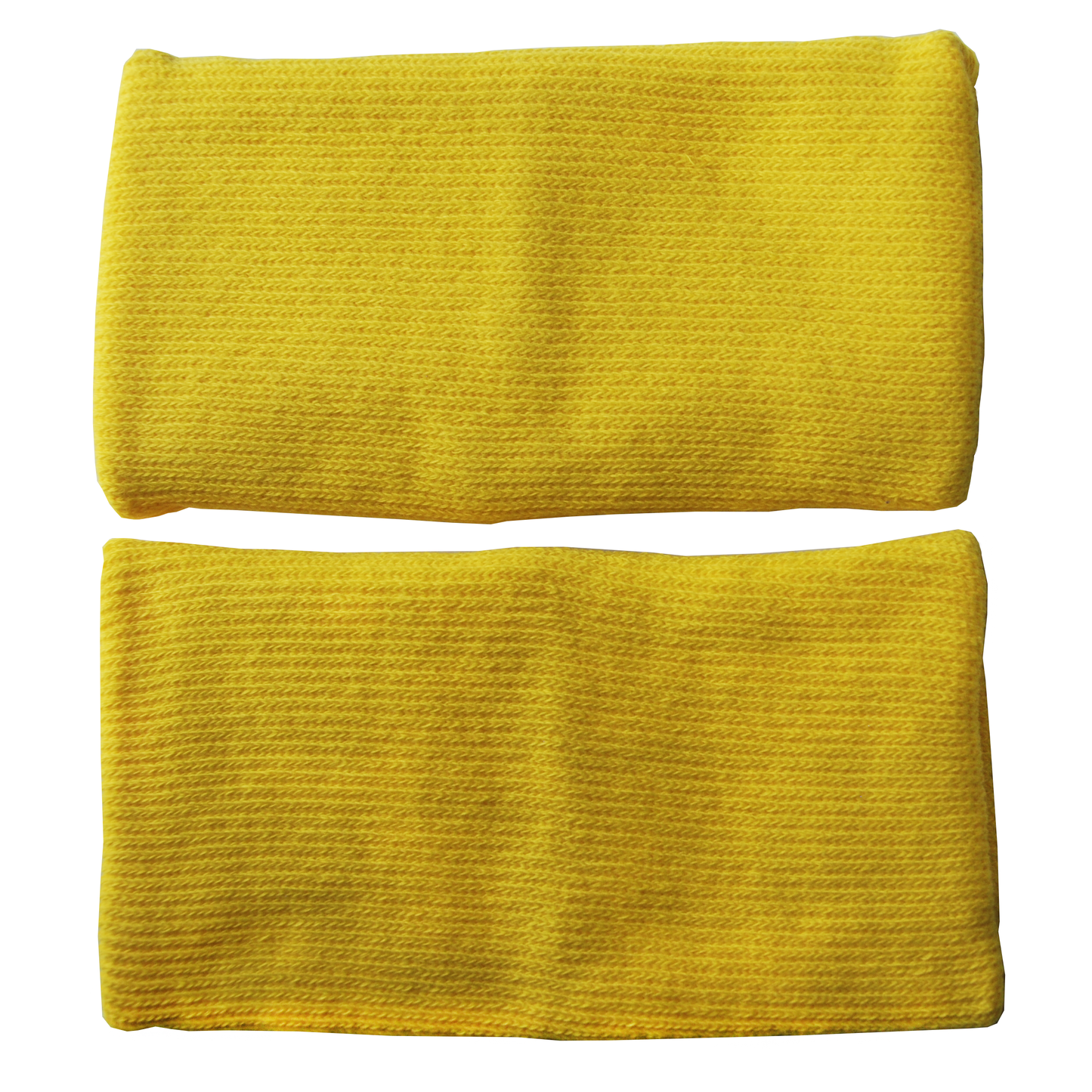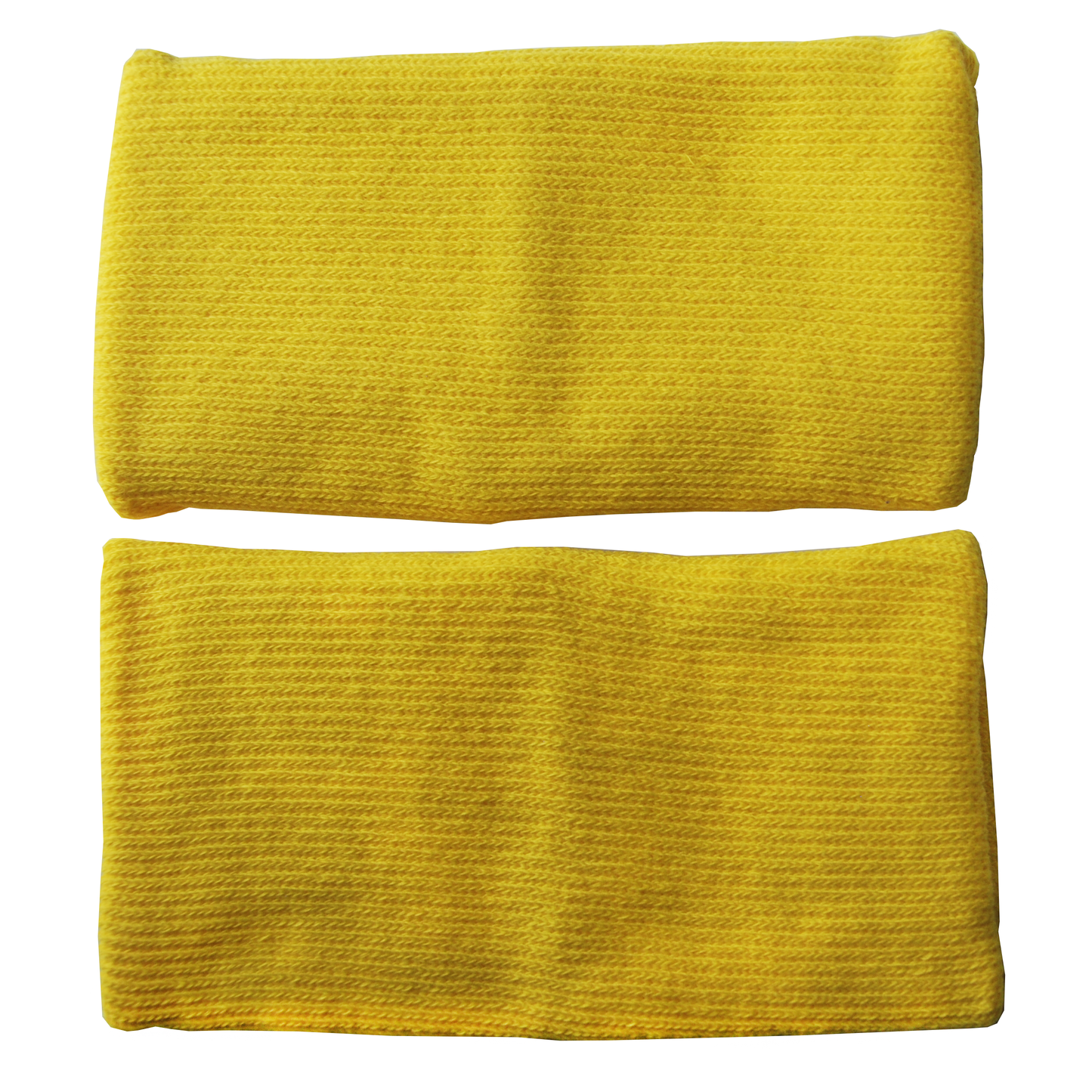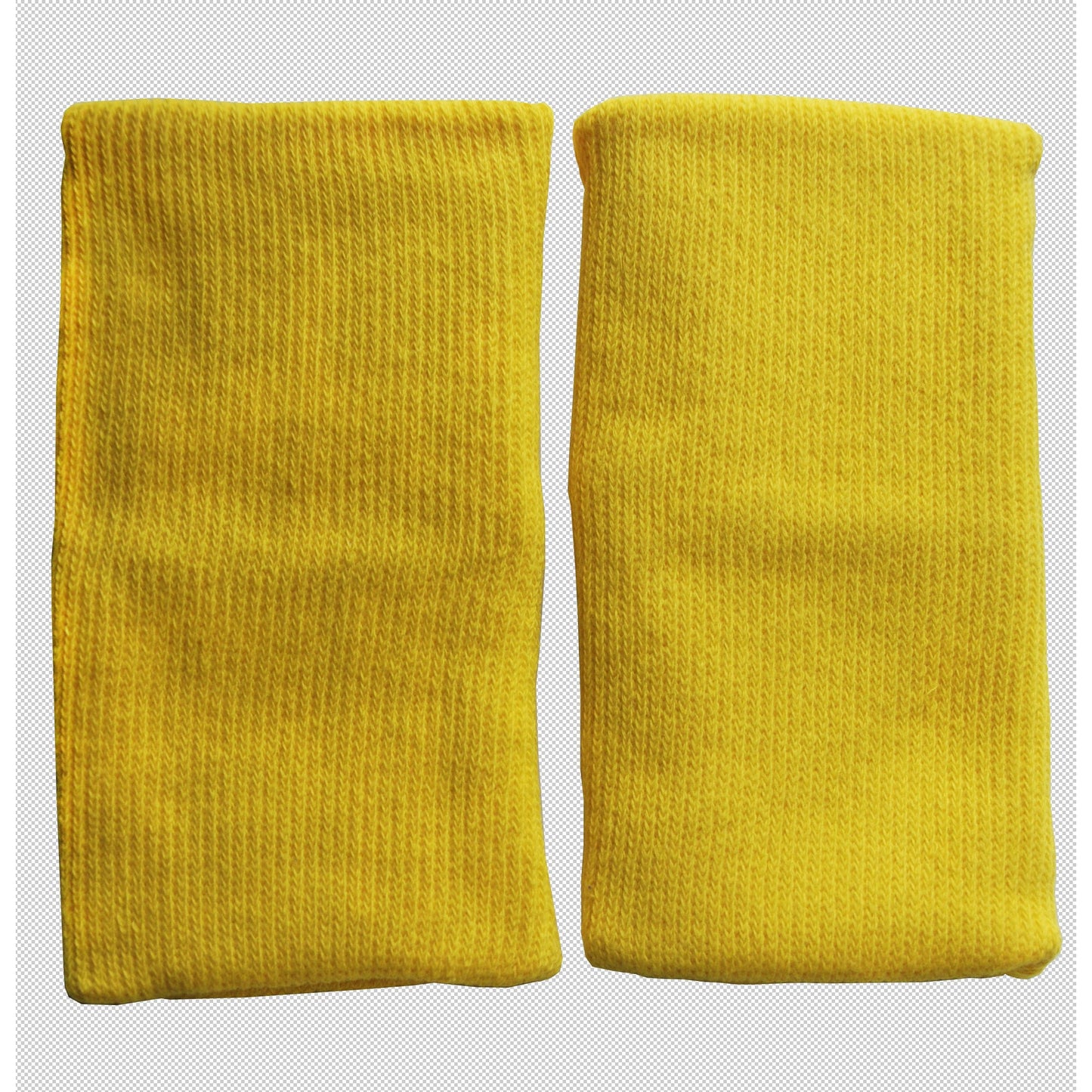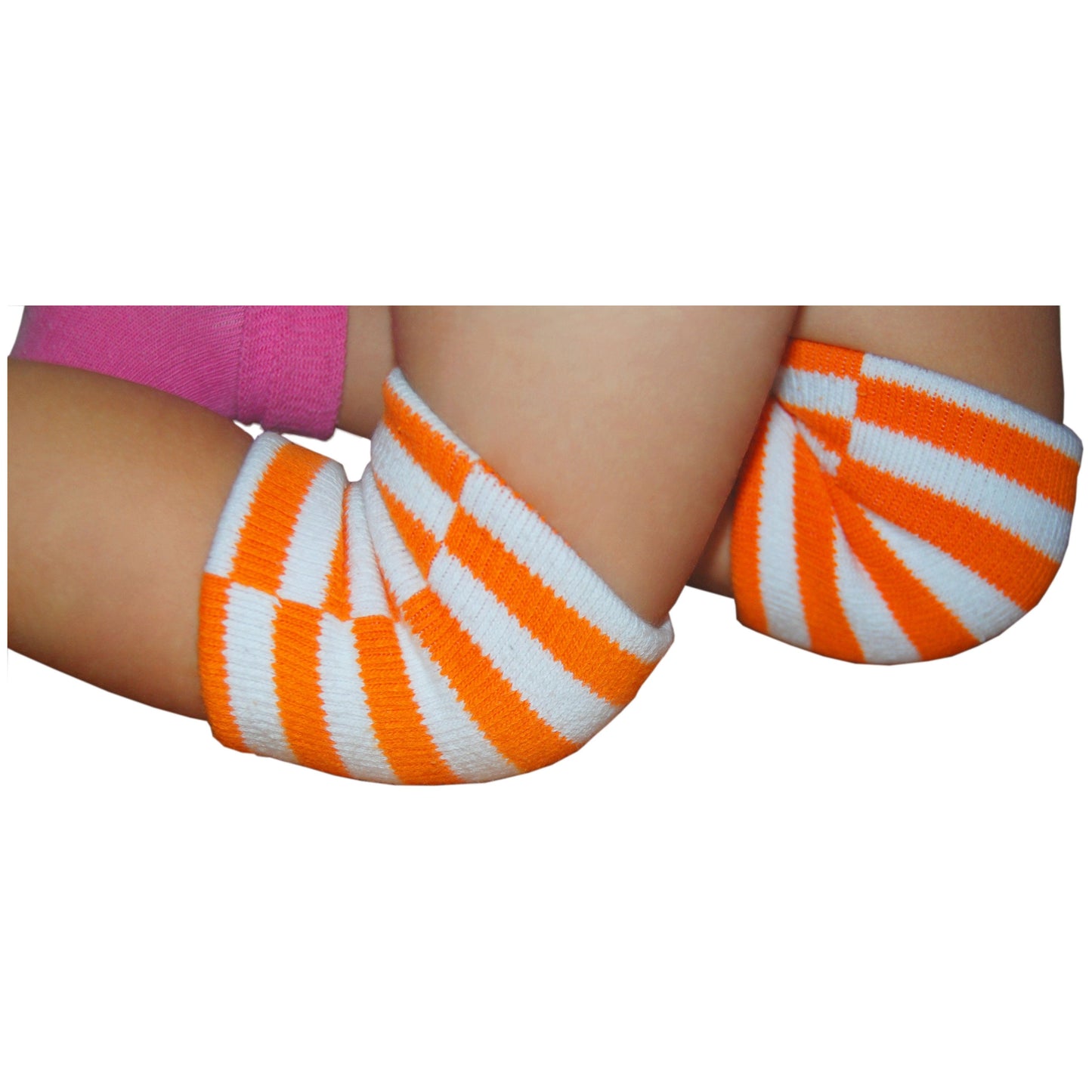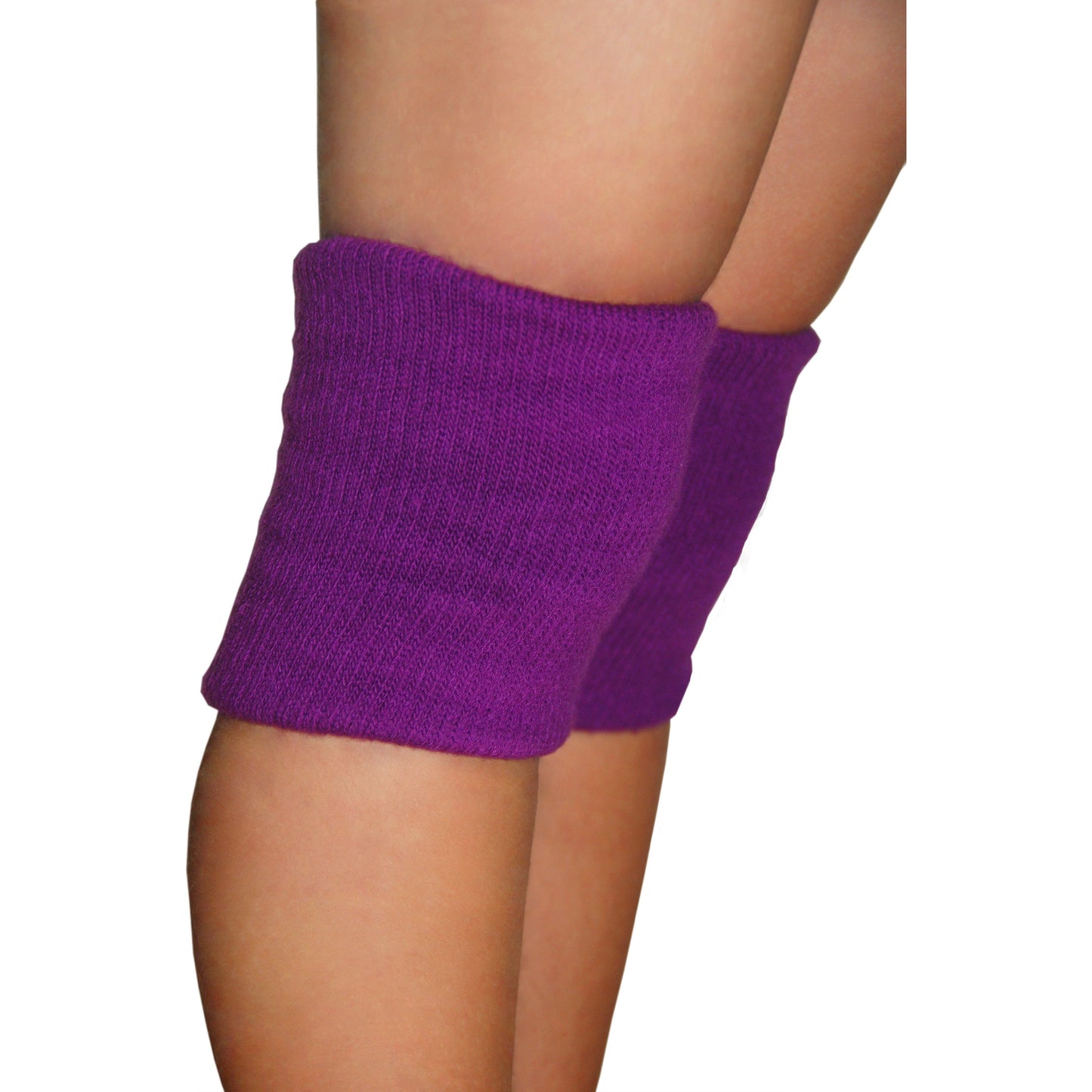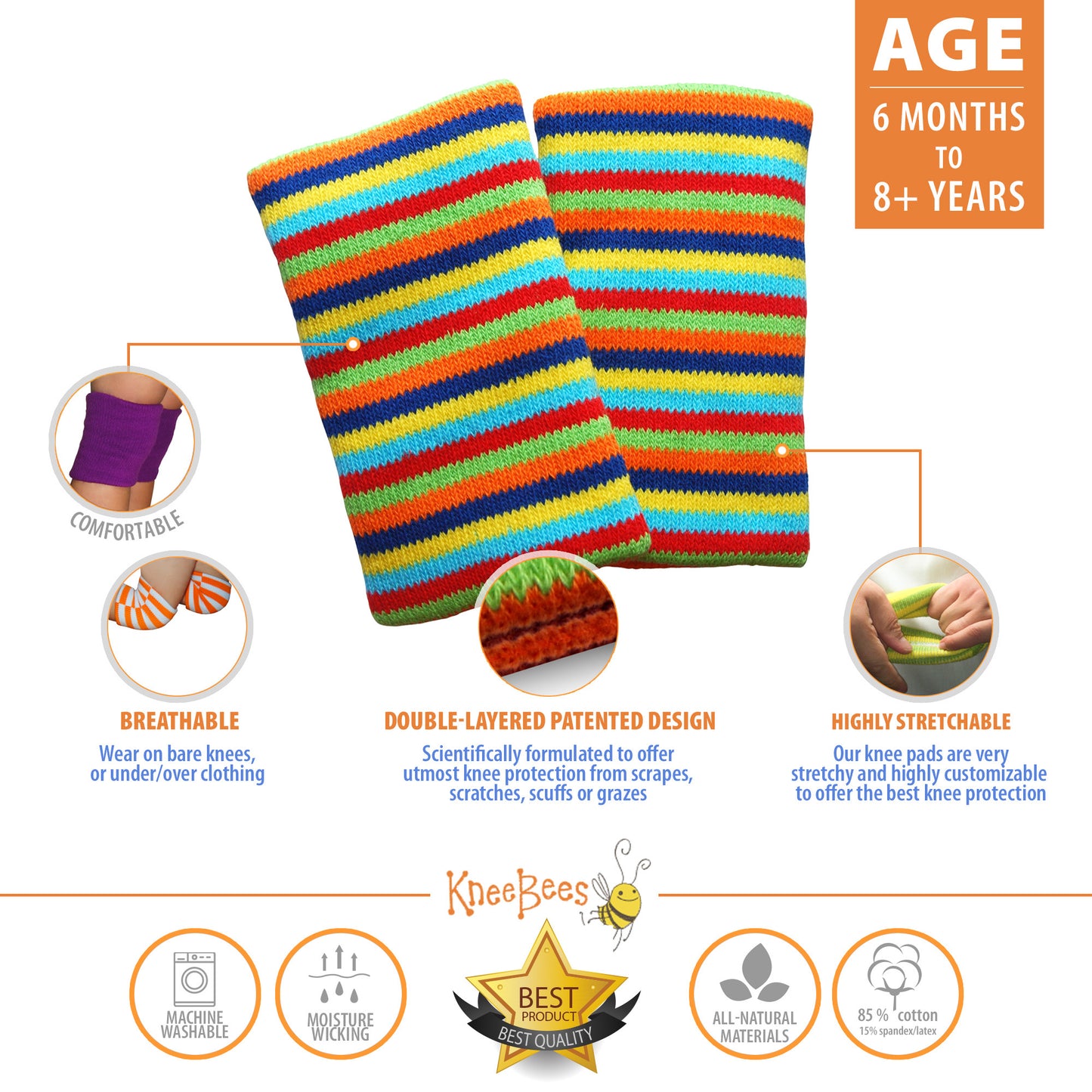KneeBees Knee Pads for Patients with Spina bifida
https://www.spinabifidaassociation.org/infants-children/
KneeBees Knee Pads for Patients with Cerebral Palsy - CP
Cerebral Palsy (CP) is a group of disorders that affect a person's ability to move and maintain balance and posture. CP is the most common motor disability in childhood. Cerebral means having to do with the brain. Palsy means weakness or problems with using the muscles.
https://kidshealth.org/en/parents/cerebral-palsy.html
KneeBees Knee Pads for Patients with Blood Disorders
KneeBees Knee Pads for Patients with Hemophilia A – HemA, Hemophilia B - factor IX (FIX)
A disorder in which blood doesn't clot normally. If blood can't clot properly, excessive bleeding (external and internal) may occur after any injury or damage. Symptoms include many large or deep bruises, joint pain and swelling, unexplained bleeding, and blood in urine or stool. Treatments may include injections of a clotting factor or plasma.
https://www.hemophilia.org/bleeding-disorders-a-z/types/hemophilia-a
https://www.hemophilia.org/bleeding-disorders-a-z/types/hemophilia-b
KneeBees Knee Pads for Patients with Ehlers-Danlos Syndrome – VWD
A bleeding disorder caused by low levels of clotting protein in the blood.
Von Willebrand disease is often inherited, but in rare cases, it may develop later in life.
Symptoms may include recurrent and prolonged nosebleeds, bleeding from the gums, increased menstrual flow, and excessive bleeding from a cut.
Treatment focuses on stopping or preventing bleeding episodes, typically by using medications.
https://www.hemophilia.org/bleeding-disorders-a-z/types/von-willebrand-disease
KneeBees Knee Pads for Patients with Ehlers-Danlos Syndrome- EDS
Ehlers-Danlos syndrome affects connective tissue, primarily the skin, joints, and blood vessel walls. Symptoms include overly flexible joints that can dislocate, and skin that's translucent, elastic, and bruises easily. In some cases, there may be dilation and even rupture of major blood vessels.
Treatment helps manage symptoms and monitor for complications. Options include drugs, physical therapy, and sometimes surgery.


